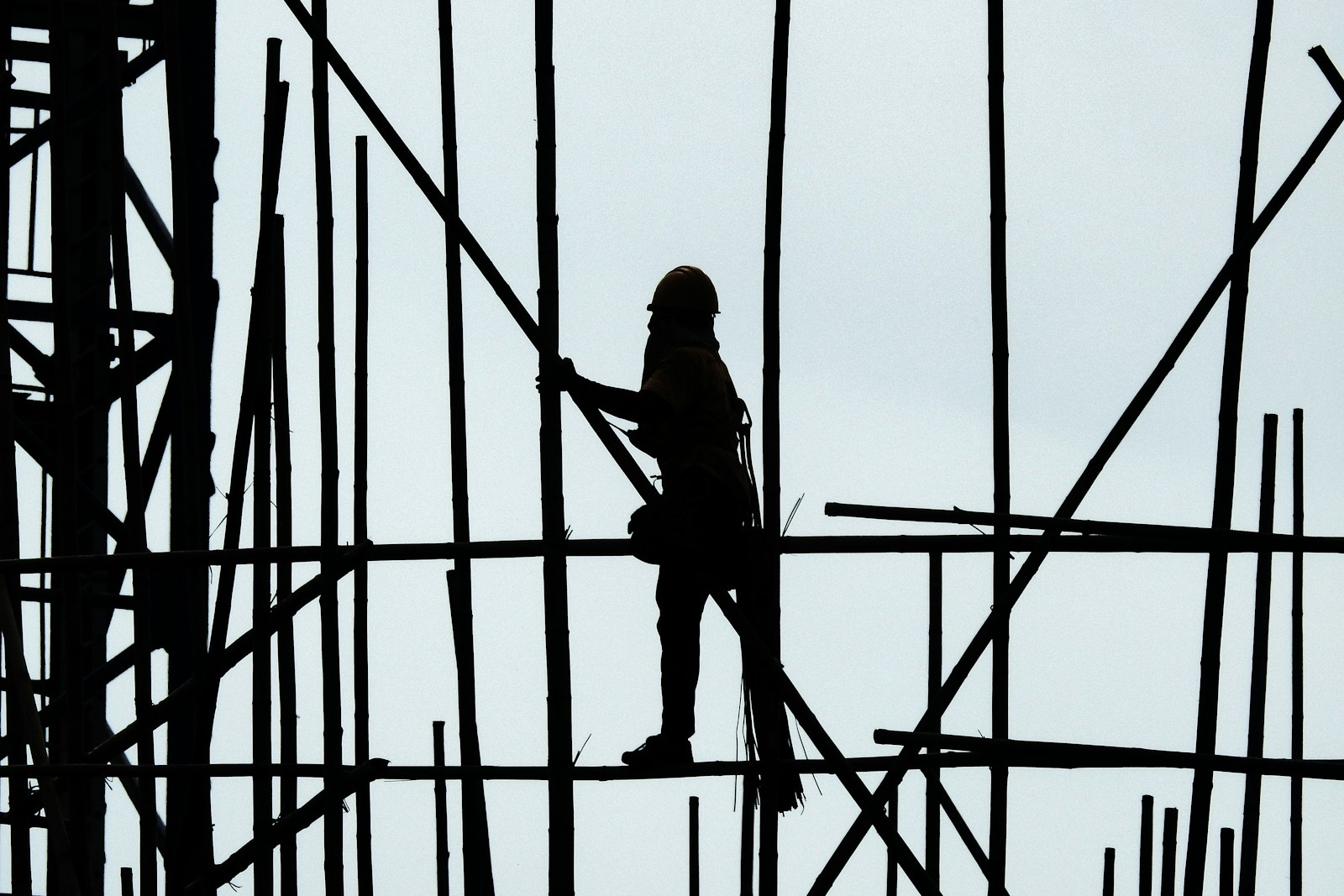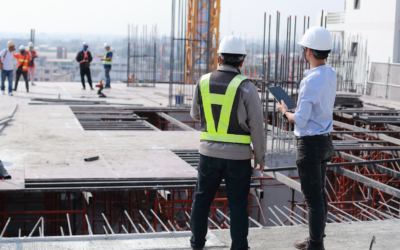Effective project management is the backbone of every successful construction endeavor. From conceptualizing a project to its final handoff, a robust management process ensures all elements align seamlessly to achieve the project’s objectives. Every project begins with a project idea, which serves as the initial step before formal project management processes such as planning and stakeholder identification commence. South Coast Improvement Company, a leader in construction management and design-build services, exemplifies how expert project management can streamline even the most complex projects.
A successful project manager plays a crucial role in ensuring that all elements—from resources to timelines—are effectively coordinated to achieve the project’s objectives.
This blog explores the project management process in construction, detailing its five major process groups, key phases, and steps. Whether you’re a construction project manager, an industry professional, or looking for design-build services, this guide will enrich your understanding and help you take actionable steps toward project success.
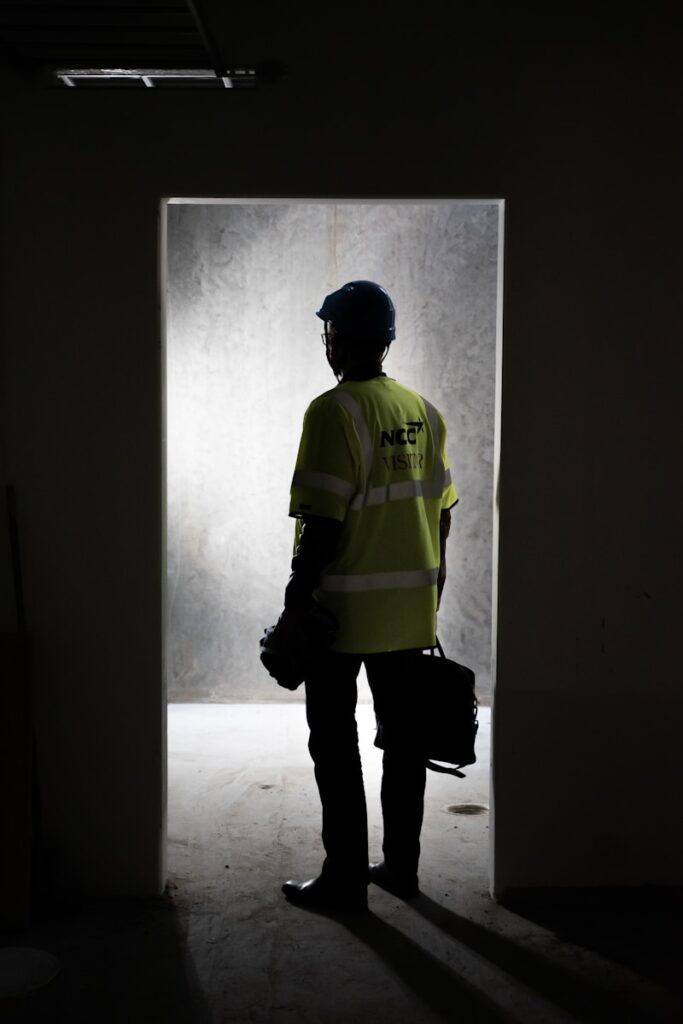
Photo by Jimmy Nilsson Masth on Unsplash
What is Project Management in Construction?
Project management is the systematic application of processes, knowledge, skills, and techniques to accomplish project goals efficiently and effectively. Within the construction industry, project managers play a crucial role in orchestrating everything—from workforce schedules to managing budgets, materials, and stakeholder expectations. The project manager’s job involves overseeing and coordinating the five key process groups—initiation, planning, execution, monitoring, and closing—throughout the project lifecycle. These project management processes provide a structured set of activities that guide a project from initiation to closure.
This discipline has evolved over decades, gaining structure through the Project Management Institute (PMI) and the adoption of frameworks like the Project Management Body of Knowledge (PMBOK). Project integration management is recognized as a core knowledge area that ensures alignment and coordination across all project phases, orchestrating various processes especially during project initiation and closing. The construction industry has especially embraced these methodologies to tackle the complexities of modern projects. In contrast to traditional project management, agile project management offers an iterative, flexible approach that adapts to feedback and changing requirements.
Key Goals of Project Management:
- Efficiency: Streamline operations to make the best use of time and resources.
- Quality: Maintain high standards while adhering to the project scope and objectives.
- Risk Control: Mitigate uncertainties and reduce the likelihood of project failure.
Clearly defining the project’s goals and the project’s objectives during the planning stage is essential to ensure alignment among stakeholders and successful project delivery.
The 5 Major Process Groups in Project Management
The project management process groups provide a structured framework for managing construction projects. Each process group organizes specific project processes throughout the project management lifecycle, ensuring that activities are coordinated from start to finish. While these are often called project management phases, it is important to note that process groups are technically not phases but serve as a flexible framework that can be applied across various methodologies.
These five process groups are applicable across the entire project lifecycle, encompassing all project life cycle phases—initiation, planning, execution, monitoring, and closure—ensuring every detail is strategically planned and executed.
1. Initiating
This is where a project begins. Teams define the project’s objectives, identify project requirements, and identify project stakeholders, assessing feasibility and determining who will be involved. It is essential to identify key project stakeholders early in the initiation phase to define the project’s scope and ensure their roles and influence are understood.
The project sponsor plays a crucial role in authorizing the project and issuing the project charter, ensuring alignment with organizational goals. Project stakeholder management is a crucial activity during project initiation to facilitate effective communication and secure stakeholder buy-in. One critical output of this phase is the project charter, which formally authorizes the project and provides the project manager with essential information, such as goals, scope, and needed resources.
2. Planning
The planning stage lays the groundwork for the entire project and addresses project demands by aligning resources, scope, and schedule. It involves:
- Developing a project management plan that organizes the scope, timeline, and budget.
- Creating a work breakdown structure (WBS) that divides the project into manageable tasks.
- Comprehensive risk management planning to address potential challenges.
- Resource management, including both human and nonhuman resources, with project human resources management as a key component.
- Project time management, focusing on scheduling activities and ensuring the project is completed on time.
- Project scope management, emphasizing the importance of defining and controlling what is and is not included in the project.
- Creating and organizing project documents, using digital tools to store, share, and finalize essential files for improved collaboration and organization.
3. Executing
This phase sees the project team mobilizing to begin execution of actual construction activities. Teams allocate and manage project resources, including both human and nonhuman assets, to support the work. Project managers assign and manage project tasks to ensure steady progress and adherence to the plan. During this phase, they actively manage projects to keep all activities on track and aligned with the established project schedule. Quality management protocols are also followed throughout execution.
4. Monitoring and Controlling
The controlling process group is responsible for monitoring and controlling project performance during this phase. Regular project monitoring occurs to track project progress and ensure activities remain aligned with the plan. Any necessary adjustments are made to keep the project timeline, scope, and budget intact. Monitoring the project’s progress using key performance indicators (KPIs), including efficiency and cost metrics, helps gauge project health. Management processes provide the structured steps needed to effectively oversee and execute monitoring and controlling activities within this group.
5. Closing
The final phase, known as project closing, ties up loose ends and marks the formal completion of the project. Teams conduct post-project evaluations, document lessons learned, and obtain formal sign-off from stakeholders. Thorough project closing procedures are essential for a successful project, as they ensure the project’s success by meeting all objectives, capturing valuable insights, and facilitating continuous improvement for future initiatives.
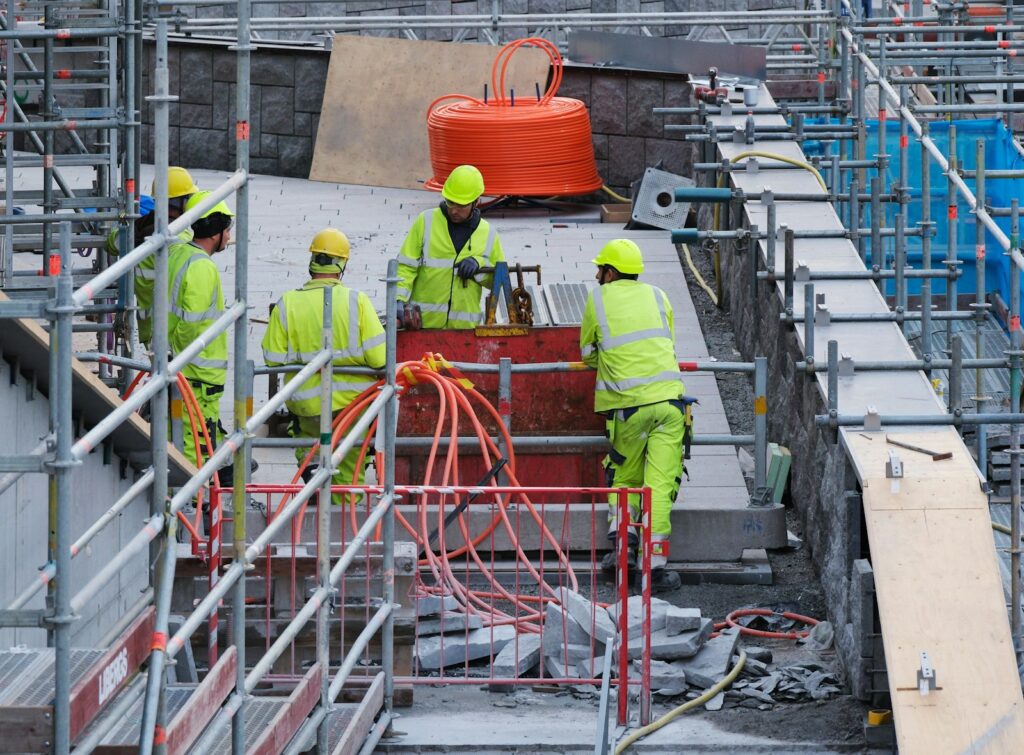
Photo by Dmitrii E. on Unsplash
Project Management Life Cycle Phases in Construction
While the five process groups form the foundation, the project management life cycle can further be divided into specific phases. Here’s how each one fits into a construction context:
- Project Initiation Phase: Establish business case, define project’s objectives, and create a project charter.
- Project Planning Phase: Lay out project timelines, budgets, and deliverables while obtaining stakeholder approvals. Project procurement management is crucial at this stage to plan for acquiring external resources, such as contractors, licenses, and hardware, ensuring all necessary services are identified and scheduled.
- Project Execution Phase: Oversee construction and manage materials, manpower, and subcontractors. During execution, project procurement management ensures that all procured resources and services are delivered and integrated as planned.
- Project Monitoring and Controlling Phase: Address deviations from the plan and reallocate resources if necessary.
- Project Closure Phase: Complete all contractual obligations, archive project documentation, and host handover events.

Photo by Ray Donnelly on Unsplash
The 12 Steps of Project Management in Construction
To refine project execution, construction project managers often follow a 12-step process. Below is an overview of these essential steps in the management process:
- Confirm project objectives and scope.
- Develop and launch the project schedule.
- Identify key stakeholders and conduct stakeholder engagement.
- Allocate resources and define roles.
- Establish a comprehensive risk management plan.
- Organize procurement and contract negotiations.
- Develop a system for quality management and assessment.
- Oversee the project initiation and on-site setup.
- Monitor workflows with regular reporting.
- Manage project changes using formal processes.
- Conduct final inspections to ensure alignment with scope and design.
- Formalize project documentation and lessons learned.

Photo by Oleksandr Skochko on Unsplash
Project Cost and Procurement Management in Construction
Project cost and procurement management are foundational pillars of the project management process in construction. These elements directly influence a project’s budget, timeline, and overall success, making them essential areas of focus for project managers. Guided by the principles set forth by the Project Management Institute (PMI) and its five process groups, effective cost and procurement management ensures that every dollar and resource is accounted for throughout the management process.
In construction, project managers must skillfully navigate complex procurement strategies, manage detailed budgets, and ensure compliance with all regulatory requirements. This involves not only planning and allocating resources but also continuously monitoring and controlling expenditures to prevent overruns and delays. By mastering these aspects, project managers can deliver projects that meet stakeholder expectations and set the stage for future projects to succeed.
Managing Budgets, Bids, and Contracts
A successful construction project hinges on meticulous project cost management, which starts with a comprehensive project plan. Project managers are responsible for developing detailed budgets that align with the project scope and objectives, ensuring that resources are allocated efficiently from the outset. This process includes identifying potential risks that could impact costs, such as scope changes or unforeseen site conditions, and establishing strategies to mitigate them.
Throughout the project, monitoring and controlling expenses is crucial. Project managers must track spending against the budget, quickly identify any deviations, and implement corrective actions to keep the project on track. This proactive approach helps prevent cost overruns and supports the overall health of the project.
The bidding process is another critical component of procurement management. Project managers oversee the solicitation, evaluation, and awarding of bids to qualified contractors and suppliers. This involves preparing clear and comprehensive bid documents, setting transparent evaluation criteria, and negotiating contracts that protect the project’s interests. By managing bids and contracts effectively, project managers help ensure that the project is delivered on time, within budget, and to the highest quality standards.
Procurement Strategies and Best Practices
Selecting the right procurement strategy is vital for the success of any construction project. Project managers must develop a procurement plan that supports the project’s objectives, budget, and timeline. This includes choosing the most appropriate procurement method—whether it’s design-bid-build, design-build, or construction management at-risk—and ensuring that all procurement activities are conducted with fairness, transparency, and compliance.
Building strong relationships with contractors, suppliers, and other key stakeholders is also essential. Effective communication and regular engagement help align expectations, resolve issues promptly, and foster a collaborative project environment. By adopting best practices in procurement management, project managers can minimize risks, control costs, and ensure that project deliverables meet or exceed quality standards.
Leveraging project management software can further enhance procurement processes by streamlining workflows, improving collaboration, and providing real-time insights into project performance. Embracing technology not only boosts efficiency but also supports a project manager’s career development and contributes to the advancement of the project management body of knowledge. By staying current with industry best practices and technological advancements, project managers position themselves—and their projects—for long-term success.
Why Opt for South Coast Improvement Company
At South Coast Improvement Company, we take pride in redefining construction through a design-build service package. This integrated approach ensures seamless coordination between design and construction phases, creating a single-source model for accountability and communication.
The Design-Build Advantage:
- Eliminates conflicts between architects and construction teams.
- Speeds up timelines by overlapping design and construction services.
- Reduces costs by minimizing unforeseen delays or budget changes.
- Promotes open communication among all parties.
We’ve built partnerships with clients across various industries, delivering projects like accessible housing, senior living facilities, and healthcare spaces. With a proven track record and dedication to client satisfaction, we ensure every project remains client-focused and efficient.

Photo by Kiros Amin on Unsplash
Final Thoughts on Project Management Excellence
Effective project management isn’t just about meeting deadlines or staying within budget. It’s about creating a streamlined experience for every stakeholder involved while ensuring the project’s objectives remain front and center.
At South Coast Improvement Company, we live by these principles. From pre-construction planning to post-project reflection, we’re committed to delivering projects that exceed expectations and redefine quality in the construction industry.
Explore how our design-build services and expert project managers can elevate your next construction endeavor. Learn more about South Coast Improvement Company’s services here.
Ways to Learn More About the Project Management Process in Construction
Whether you’re a new contractor, a project manager entering the construction field, or a student exploring career options, understanding how construction projects are managed from start to finish is crucial. These resources cover key elements like scheduling, budgeting, safety, and communication.
- Project Management Guide – Construction Management Association of America (CMAA): Learn about best practices, standards, and tools for managing construction projects from the official industry association.
- Construction Project Management – Coursera (Columbia University): A free online course that introduces key concepts including project planning, safety, and scheduling.
- The Ultimate Guide to Construction Project Management – PlanGrid: A helpful overview of workflows, tools, and tips for staying on track.
- Construction Management JumpStart (Book) – Barbara J. Jackson: A recommended read for those wanting an in-depth understanding of industry terms and workflows.
- PMI Construction Extension to the PMBOK® Guide: Explore how the Project Management Institute adapts its global standards to construction-specific scenarios.
- Procore’s Construction Project Management Software Resource Center: Includes white papers, guides, and webinars focused on digital tools and project visibility.
- Construction Management at Risk – National Institute of Building Sciences: Learn about this alternative project delivery method and how it affects scheduling and risk.
- LinkedIn Learning – Construction Management Courses: Explore video-based learning for scheduling, site supervision, documentation, and stakeholder communication.
View Our Work
The Overlook – Masonic Health System
"We’re honored to have partnered with The Overlook on this transformative initiative. Our team brought specialized expertise in working within occupied senior living communities, delivering a seamless renovation that aligns with The Overlook’s exceptional standards of...
Hamilton Wenham
Their team was collaborative, responsive, and committed to our shared vision for this space, -Eric Tracy Superintendent, Hamilton-Wenham Regional School District We partnered with the Hamilton-Wenham Regional School District to deliver a brand-new athletic building...
